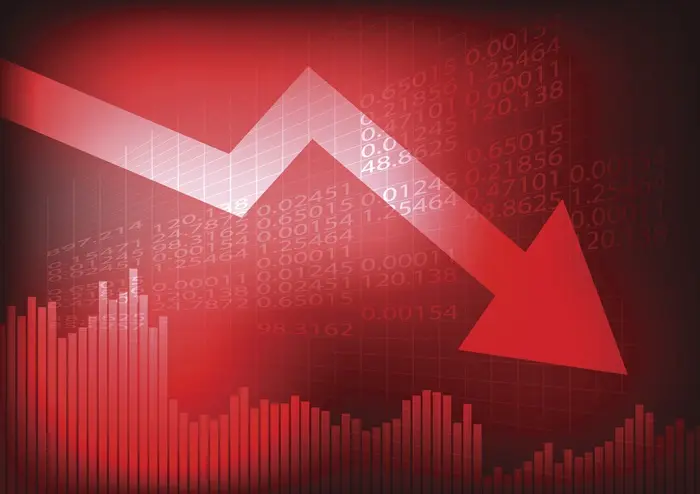Auto stocks reversed course and closed sharply higher on Wednesday after President Trump backed down and announced a 90-day suspension of tariffs on most countries, even as he raised tariffs on China and maintained auto tariffs.
“I have authorized a 90-day suspension and a significant reduction in reciprocal tariffs of 10% during that time, also effective immediately,” Trump posted on Truth Social on the eve of the stock market rally. Trump also said in the post that the U.S. will increase tariffs on China to 125%.
Separately, tariffs on industries such as aluminum and steel remain in effect, as well as a 25% tariff on foreign cars, a White House official confirmed to Yahoo Finance.
Despite the auto industry tariffs remaining in effect, General Motors (up 7.6%), Ford (up 9.2%), and Stellantis (up 18.4%) all closed higher in line with the broader market on hopes that Trump’s trade stance will be more moderate.
Auto stocks fell victim to further escalation in the trade war early Wednesday as China said it would raise tariffs on U.S. goods to 84% in retaliation for President Trump’s tit-for-tat tariff strategy on Chinese imports on Wednesday.
Beijing’s latest move follows Trump’s threat to impose a 50% tariff on Chinese goods and a 34% reciprocal tariff, bringing the total tariff rate on Chinese goods to 104%.
Automakers have been busy lately dealing with the tariff war that began after Trump’s April 2 “Liberation Day” event, and the tariffs are escalating every day.
“We are starting to see mixed responses from the major OEMs, with some immediately reducing prices in the near term (Ford and Stellantis) and others indicating that prices will remain unchanged for at least the next 1-2 months before reassessing the situation,” Deutsche Bank analyst Edison Yu wrote in a note to clients on Tuesday. “In addition, some capacity adjustments are also being made, including GM increasing production at its Fort Wayne plant and Stellantis suspending operations at some of its plants in Mexico/Canada. On the supplier side, Stellantis has been more proactive in saying it will help absorb costs along with Toyota, although the proportion of pass-through is currently unclear.”
Regarding the key auto parts supply chain, it is unclear at what level these parts, some of which are difficult or impossible to source domestically, will be subject to tariffs. The U.S. Department of Commerce has until May 3 to provide guidance on these tariffs.
China’s accelerated imposition of tariffs on U.S. products will actually have some impact on cars made in the United States and sold to Chinese buyers.
U.S. auto exports to China fell 13% to 109,000 vehicles, according to the China Automobile Dealers Association (first reported by Automotive News); however, the U.S. remains China’s third-largest auto exporter, behind Japan and Germany.
Ford’s luxury brand Lincoln exported 20,516 vehicles to China, making it the largest importer of U.S. vehicles in China. Lincoln’s full-size SUV Navigator is one of the hot sellers in the Chinese market.
Germany’s BMW AG exported about 20,000 vehicles assembled at its Spartanburg, South Carolina, plant from the U.S. to China, including SUV models such as the X4, X6, X7 and the top-of-the-line XM, all of which are built there and exported to China.
Rival Mercedes builds a large number of vehicles for export at its plant in Tuscaloosa, Alabama. The China Automobile Dealers Association (CADA) said Mercedes exports SUV models such as the GLE, GLS, EQE and EQS to China, but did not disclose export volumes.
GM’s new import division, Durant Guild, has begun delivering its first U.S.-made products to China, all full-size SUVs such as the Chevrolet Tahoe and GMC Yukon.
All in all, while the roughly 110,000 vehicles represent a small fraction of the total number of vehicles assembled in the U.S., automakers are taking any chances to make sales right now given the hyper-competitive auto market.
China imposes a 15% tariff on U.S.-made vehicles, which is adjusted based on engine displacement. Starting April 10, U.S.-made vehicles with a displacement of less than 2.5 liters will be subject to a 49% tariff, while vehicles with a displacement of 2.5 liters and above (such as the Lincoln Navigator or Chevrolet Tahoe) will be subject to a 59% tariff.
Related topics:

































